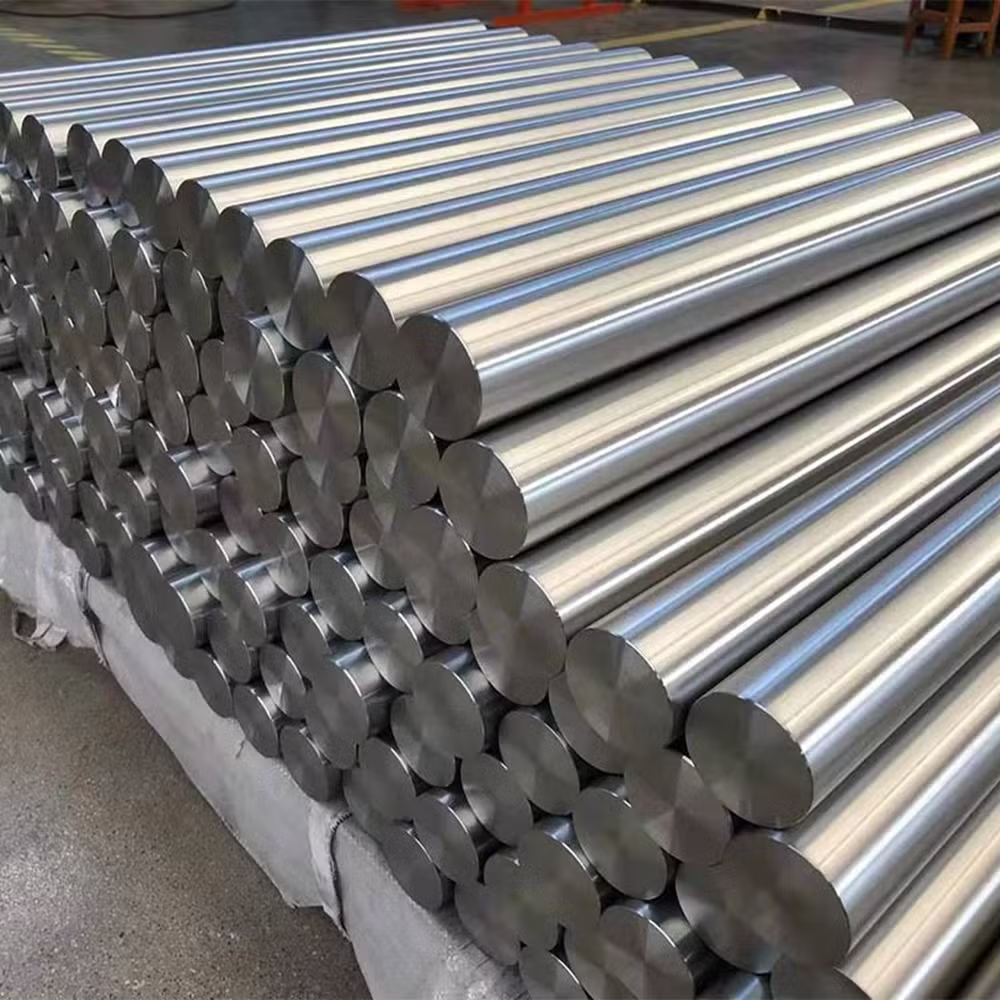
Nickel Alloy 400 (Monel 400) UNS N04400 | Properties, Composition & Supplier UAE
For demanding industrial environments where material integrity is paramount, Nickel Alloy 400, also known as Monel 400, stands as a premier choice. This nickel-copper solid-solution alloy offers an exceptional combination of high strength, thermal stability, and superior corrosion resistance, making it indispensable for critical applications. If your operations require a material that performs reliably under extreme conditions, understanding the capabilities of Nickel Alloy 400 is essential.
Nifty Alloys LLC is a certified supplier and stockist of high-performance alloys, providing Nickel Alloy 400 in various forms, including bars, sheets, pipes, and fittings. We support industries across the marine, chemical, and oil and gas sectors by delivering materials that meet stringent international standards. Our commitment ensures that you receive fully traceable, certified products engineered for durability and performance in your most challenging projects.
What is Nickel Alloy 400 / Monel 400 ?
It is a single-phase, solid-solution nickel-copper alloy, typically composed of approximately 67% nickel and 30% copper. This unique composition delivers outstanding performance in a wide range of corrosive media, including seawater, hydrofluoric acid, sulfuric acid, and alkaline solutions. Unlike many iron-based alloys, it is not susceptible to chloride-induced stress corrosion cracking, a common failure mode in marine and chemical processing environments.
One of the defining characteristics of Monel 400 is its excellent mechanical properties, which are maintained from sub-zero temperatures up to approximately 550°C (1020°F). The alloy is also non-magnetic under most conditions, a crucial feature for applications involving sensitive electronic equipment or specialized instrumentation. Its combination of strength, toughness, and exceptional corrosion resistance makes it a highly reliable material for pumps, valves, shafts, and piping systems used in corrosive marine and chemical environments. Furthermore, its good weldability and workability allow for straightforward fabrication into complex components, providing engineers with design flexibility without compromising performance.
Nickel Alloy 400 Applications
Nickel 400 Equivalent Grades
Mechanical Properties of Nickel 400
Physical Properties
Corrosion Resistance
Fabrication & Heat Treatment
Available Product Forms
Key Features

Elevate Your Projects with
with
 Our Superior Steels
Our Superior Steels


Nickel Alloy 400 (Monel 400) Supplier in UAE | Nifty Alloys LLC Nifty Alloys LLC supplies Nickel Alloys and Monel grades, including Alloy 400, Alloy 600, Alloy 625, and Alloy 800, serving marine, petrochemical, and oil & gas industries. We offer custom machining, certified materials, and worldwide delivery, making us the preferred supplier for high-performance nickel alloys in the UAE, Saudi Arabia, Qatar, Kuwait, Oman, and Bahrain—as well as global export markets.









